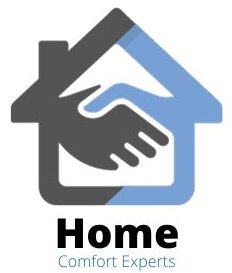Imagine turning your garage into a multifunctional space—a workshop with a handy sink, a guest bathroom, or even a laundry area. Adding plumbing to your garage can make that dream a reality, boosting your home’s value and convenience. But you’re probably wondering, how much does it cost to add home plumbing to a garage? It’s a smart question, as costs can vary widely based on your setup and needs.
Home plumbing often add plumbing for practical reasons. You might want a utility sink for messy projects, a full bathroom to accommodate guests, or washer and dryer hookups to free up space inside your house. These upgrades not only make life easier but can also increase your property’s appeal if you ever sell.
Understanding Home Plumbing Addition to a Garage
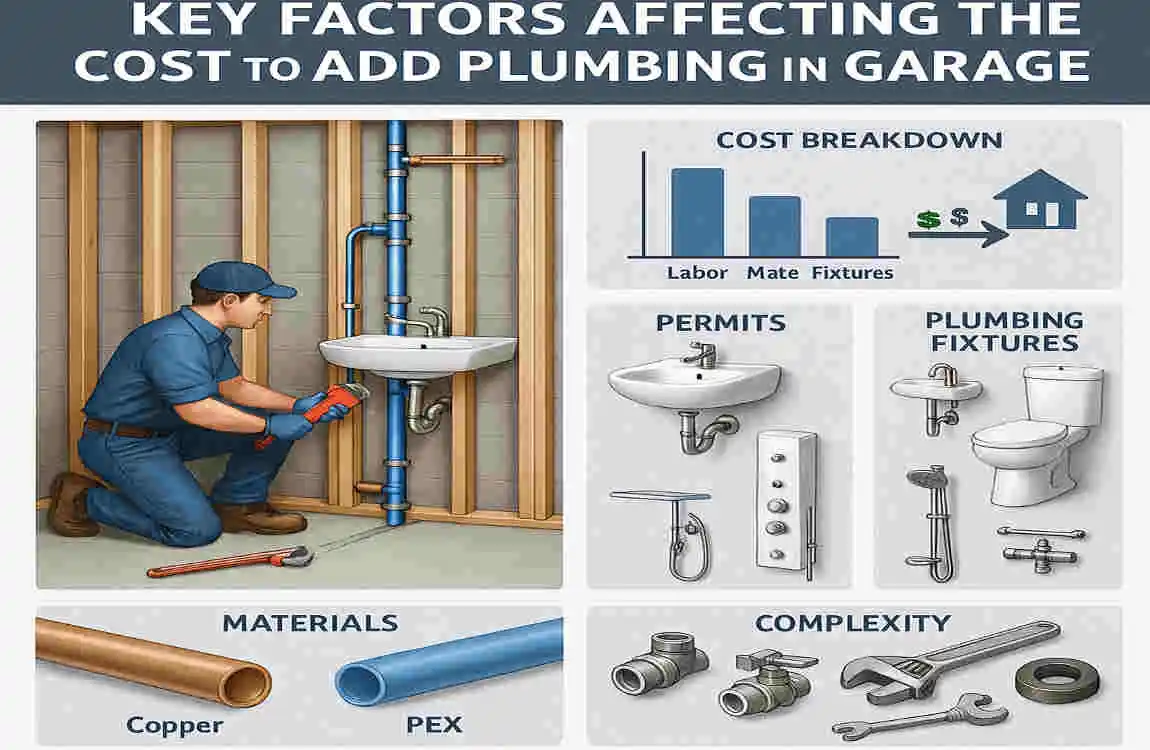
Adding plumbing to your garage means extending your home’s water supply and drainage systems into that space. It’s more than just installing a faucet; it involves running pipes, connecting to sewers or septic systems, and ensuring everything works safely. Think of it as giving your garage its own mini plumbing network.
You might start with simple additions, such as a hose bib for outdoor watering or a utility sink for cleaning tools. More ambitious projects could include toilets, showers, or even complete laundry setups. Each fixture requires careful planning to avoid leaks or backups.
This project differs from indoor plumbing because garages are often detached or semi-detached from the main house. They’re exposed to the elements, which means dealing with things like freezing temperatures or uneven flooring.
One big challenge is the distance from your home’s main water lines. If your garage is far away, you’ll need longer pipes, which drives up costs. Drainage can be tricky, too—garages on slabs might require breaking concrete, while those with crawl spaces offer easier access.
Don’t forget about ventilation and insulation. Proper venting prevents odors, and insulating pipes keeps them from bursting in winter. If you’re considering this upgrade, assess your garage’s layout first. It could save you headaches later.
Have you thought about why you need plumbing in your garage? It could be for a home gym with a shower or a craft area with a sink. Whatever your reason, understanding these basics helps you visualize the project and its potential costs.
Key Factors Affecting the Cost to Add Plumbing in a Garage
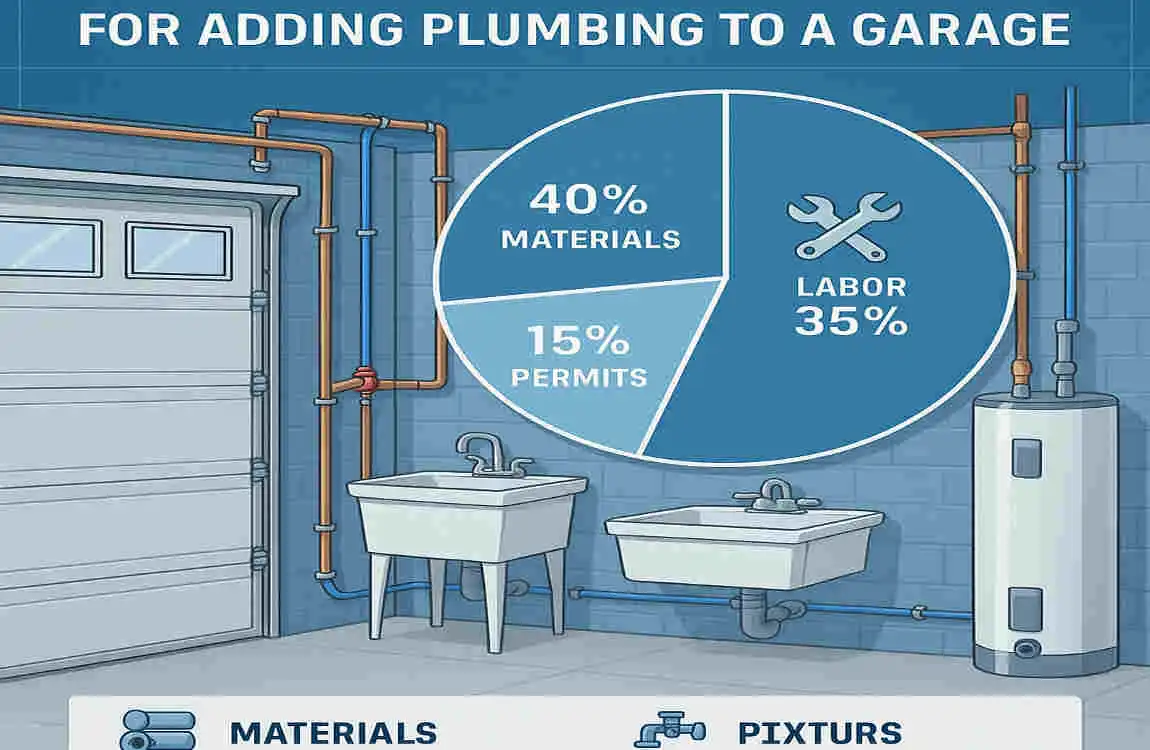
Several factors determine how much home plumbing to add to a garage. Let’s unpack them one by one so you can see how they apply to your situation.
First, consider the distance from your main water and sewer lines. If your garage is right next to the house, it’s easier and cheaper to tap into existing pipes. But if it’s across the yard, you’ll need to dig trenches and run new lines, which can add hundreds or thousands to the bill.
The type and number of fixtures matter too. A single sink is straightforward, but adding a toilet and shower means more complex plumbing, like larger drain pipes and venting systems. More fixtures equal more materials and labor.
Your garage’s existing setup influences costs. If there’s already some electrical work or basic drainage, you might save money. On the flip side, an unfinished garage with a concrete slab could require heavy-duty tools to break through for pipe installation.
Local plumbing codes and permits are non-negotiable. Every area has rules to ensure safety, and ignoring them could lead to fines. Permit fees vary by location, so check your city’s requirements early.
Labor and material costs fluctuate based on where you live. In urban areas, plumbers might charge more due to higher living expenses. Materials like copper pipes are pricier than PVC, but they’re more durable.
Accessibility is key—crawl spaces make work easier than digging under a solid foundation. The garage’s construction type — whether attached or detached —also affects complexity.
Finally, decide if you’re tapping into existing lines or installing entirely new ones. New lines mean more digging and potential landscaping repairs, bumping up the total.
As you can see, these factors interconnect. Take a moment to evaluate your garage: How far is it from the house? What fixtures do you want? This will give you a head start on estimating how much to add to the home plumbing in a garage.
Average Cost Breakdown for Adding Plumbing to a Garage
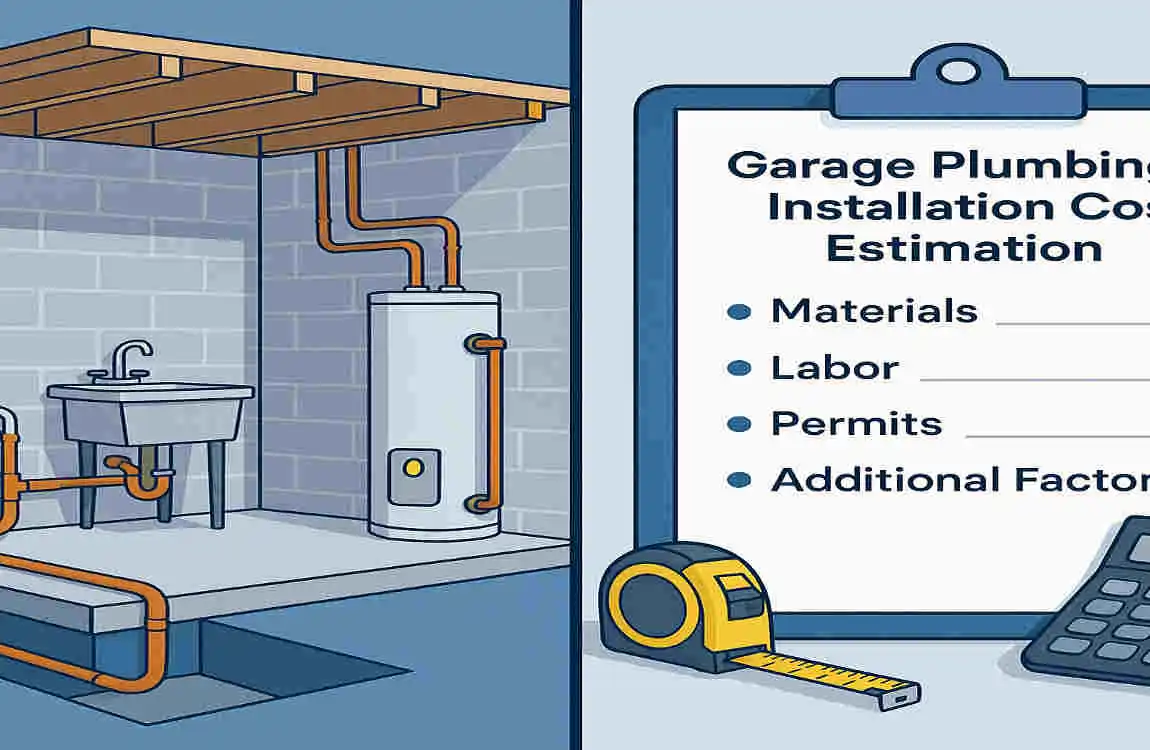
When it comes to how much to add home plumbing to a garage, national averages provide a good starting point. Based on recent data from HomeAdvisor and Angi, expect to pay between $1,000 and $10,000, or more, depending on the scope of work. In the U.S., the typical range is $3,000 to $6,000 for a moderate project.
Let’s break it down by categories to make it more straightforward. This way, you can see where your money goes.
Materials Costs
Materials form the backbone of any plumbing job. Pipes, fittings, fixtures, and valves can cost $500 to $3,000. For example, PVC pipes are affordable at about $0.50 per foot, while copper might run $2-5 per foot. If you need a water heater for hot water access, add $500-$1,500.
Fixtures add up quickly. A basic utility sink might cost $100-300, but a complete toilet-and-shower combo could push that to $800-2,000.
Labor Costs
Labor is often the most significant chunk, ranging from $1,000 to $5,000. Plumbers charge $50-150 per hour, and a garage project might take 10-40 hours. Complex plumbing, like running lines under concrete, take longer.
Permits and Inspection Fees
Don’t skip this—permits ensure everything’s up to code. Fees typically range from $100 to $ 500, including inspections. In some areas, like California, they might be higher due to strict regulations.
Additional Costs
Things like drywall repair ($200-500), flooring fixes ($300-1,000), or electrical work for pumps ($500-1,000) can sneak in. If your project involves excavation, budget $200-$800 for landscaping restoration.
Now, let’s look at cost ranges for common additions:
- Utility sink or hose bib: $1,000-2,500 (simple Install, minimal digging)
- Full bathroom (toilet, sink, shower): $4,000-8,000 (more pipes, drainage, and venting needed)
- Laundry hookups (washer/dryer): $1,500-3,500 (focuses on water supply and drain lines)
These are ballpark figures—your location could adjust them by 20-30%. For instance, costs in the Midwest might be lower than on the coasts.
Remember, these breakdowns help you budget realistically. If you’re eyeing a full bathroom, factor in those higher ranges when plumbing planning.
How to Estimate Your Specific Cost for Adding Home Plumbing to a Garage
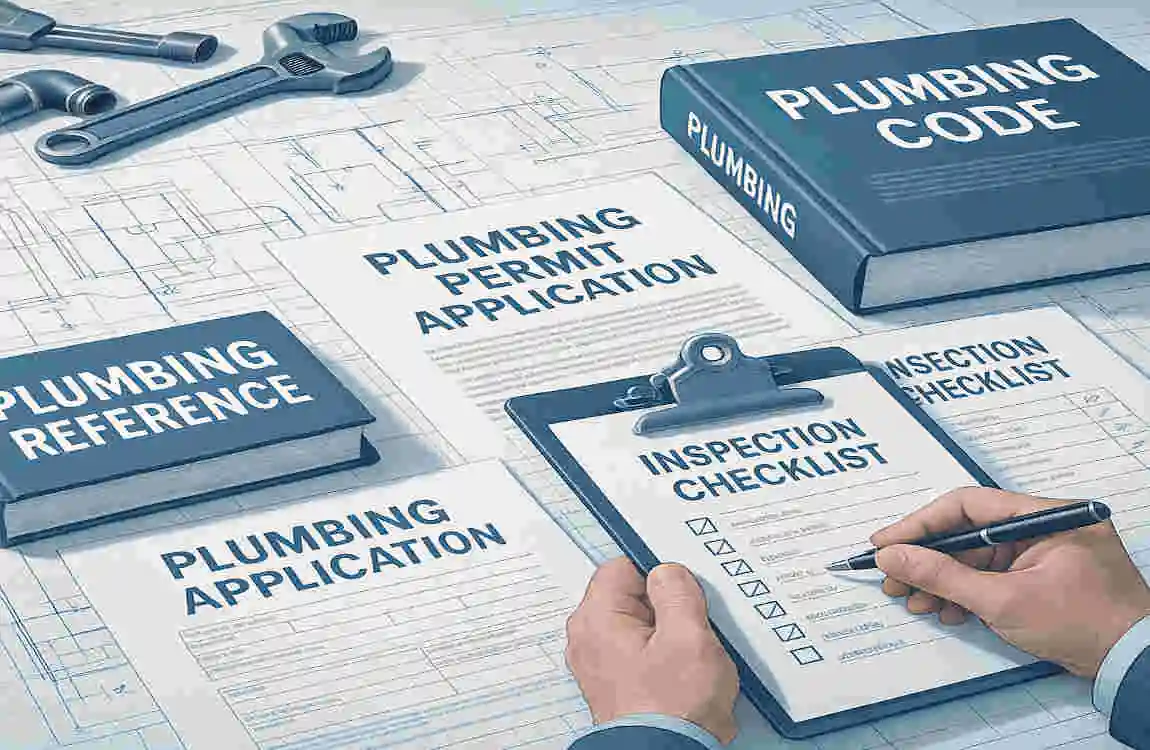
Estimating how much to add home plumbing to a garage doesn’t have to be guesswork. Follow this step-by-step guide to get a personalized number.
Start by measuring the distance to your existing water and sewer lines. Grab a tape measure and note the footage from your house to the garage. Every 10 feet could add $50- $ 100 to pipe costs.
Frequently Asked Questions (FAQs)
How long does it take to add plumbing to a garage?
It depends on complexity. A simple sink takes 1-2 days, while a complete bathroom can span 5-10 days, including drying times for concrete or drywall.
Can I add plumbing to a garage slab?
Yes, but it involves cutting into the concrete, which adds $500-$2,000. Pros use saws to create channels for pipes, then patch them up.
What are the hidden costs to watch out for?
Watch for excavation surprises like rocks or roots ($200-500 extra), or upgrading your main sewer line if it’s undersized ($1,000+).
Can plumbing be added to a detached garage?
Absolutely, though it’s pricier due to longer runs. Expect $2,000-5,000 more for trenching and permits.
Will home insurance rates be affected?
A slight increase for added value, but it could lower rates if it improves safety. Check with your insurer.
